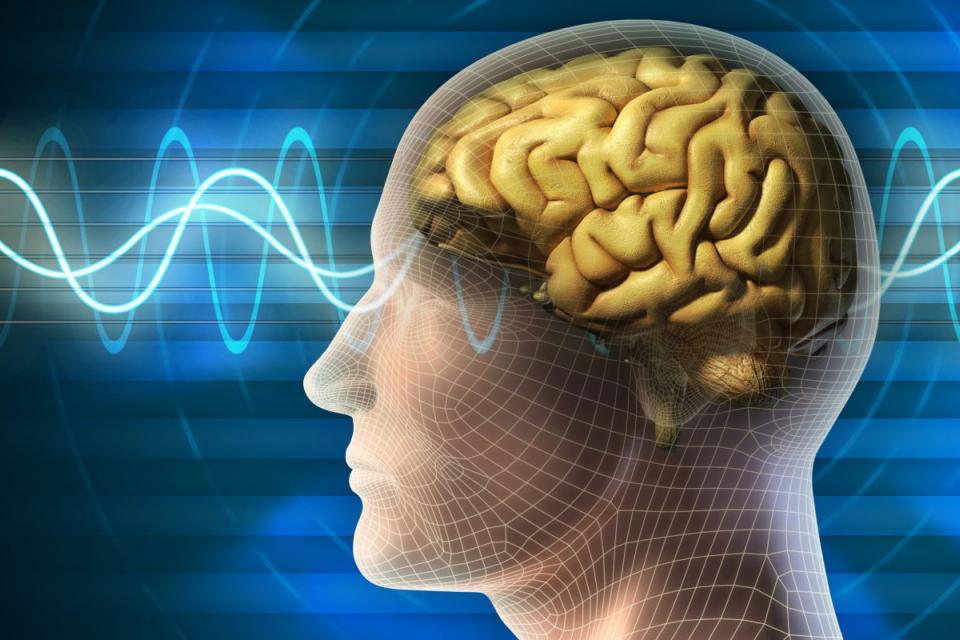Datasets
Standard Dataset
BrainWave Musical Manipulation (BWMM)
- Citation Author(s):
- Submitted by:
- Alaa Khalifa
- Last updated:
- Fri, 01/13/2023 - 09:01
- DOI:
- 10.21227/1qvb-zn13
- Data Format:
- Links:
- License:
 654 Views
654 Views- Categories:
- Keywords:
Abstract
Brainwave entrainment beats detection has become an important topic due to the ability of these beats to change human brain waves to decrease anxiety, help focus attention, improve memory, improve mood, enhance creativity, reduce pain, help with meditation, enhance mental flexibility, and enhance sleep quality. However, listening to it can cause unwanted side effects as it can increase feelings of depression, anxiety, anger, and confusion in some people.
According to our understanding and previous literature assessment, no other researcher worked on how to detect the effect of the brainwave entrainment beats inside audio recordings in real-time. All the work that has been done was based on the classification of electromagnetic waves of the volunteers while they were listening to the audio files. Because of this, there is no data set that contains the brainwave entrainment beats inside the audio files classified based on their effect on the brain waves. Therefore, this dataset is the first dataset of its kind
Given the goal of creating a dataset for brainwave entrainment beats, we identified all effects of brainwave entrainment beats on brain waves. The structure of the dataset consists of six categories which are, alpha, beta, delta, theta, gamma, and no entrainment. A total of 40 tracks are available in each category. Within each category, there are files of various sorts. This collection of files was created to make the dataset more diversified and to include all the available options for each category. The three varieties of brainwave entrainment are monaural, binaural, and isochronic. The tracks in the No entrainment category were compiled from audio files belonging to various music genres as well as natural sounds.
The dataset samples were extracted from audio files from SoundCloud and YouTube servers. The audio samples were chosen for download based on audience feedback. Each track is 30 seconds long and has a sampling rate of 44100 samples per second at 32 bits. Samples were taken from each audio file in an orderly manner, as they were taken in a way that covers each audio file in terms of the beginning, middle, and end.
The dataset documentation is a JSON array containing the attributes for each item as follows:
Name: Each file has a unique name (Ex: 001_0011), which consists of three parts.
- First three digits from the left before underscore represent the file unique number.
- First three digits after the underscore from the left represent the category type
- 001 refers to alpha
- 002 refers to beta
- 003 refers to delta
- 004 refers to theta
- 005 refers to gamma
- 006 refers to no effect
- Last digit from the left represents the beats type inside the audio file
- 1 refers to binaural
- 2 refers to monaural
- 3 refers to isochronic
· Author: represents the author of the audio file from which the sample was extracted.
· Ext: represents the sample extension type.
· Type: represents the number of the audio file channels
· Category: represents its effects on the brain.
· Beats-Type represents the type of entrainment beats inside the sample.
More from this Author








Comments
Dear Authors, Very interesting study,- would you like to collaborate with HealthTunes.org - an evidence-based MusicMedicne platform (streaming music/sound/ABS)?